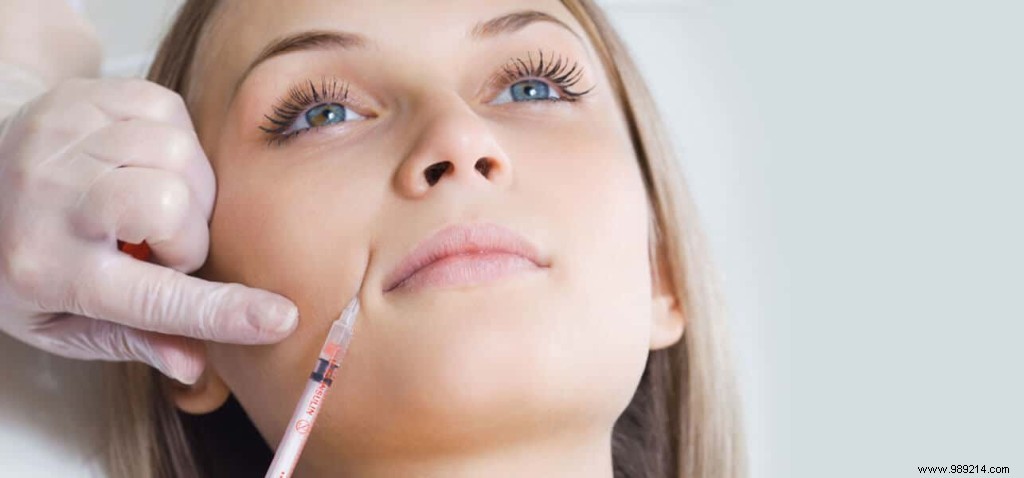
Today, using injections to combat wrinkles and obvious signs of aging has become one of the most common and popular aesthetic medicine procedures. Botulinum toxin (also called Botox) and hyaluronic acid are the flagship products of this trend. However, they do not have the same specificities or the same indications. How to tell the difference between Botox and hyaluronic acid?
Despite their differences, the two substances still have some things in common. They help fight the signs of aging and offer facial rejuvenation without having to go through surgery, with a facelift in particular.
Both products have the same mode of application:by injection. And this is one of the reasons why they are often confused.
In addition, Botox and hyaluronic acid have a temporary effect. If it is necessary to repeat the injections after 6 months for Botox, it is possible to wait a year or two before resorting to hyaluronic acid injections again.
Botulinum toxin helps muscles relax. Thus, it neutralizes the muscles which, by contracting, cause expression lines. The nerves responsible for expression lines are therefore temporarily paralyzed after an injection.
Hyaluronic acid, on the other hand, is a so-called filler product. It fills in the wrinkle and brings volume to the treated area, i.e. in the furrow of the wrinkle. It is a molecule naturally present in the body (in the dermis and cartilage in particular). During a hyaluronic acid injection session in Ajaccio , biodegradable synthetic hyaluronic acid mixes with the hyaluronic acid present in the skin and restores its initial volume.
Botox is injected directly into the muscle while hyaluronic acid is injected into the wrinkle, in the subcutaneous fatty area.
Botulinum toxin is used to treat upper facial wrinkles, in particular:
It is also possible to treat wrinkles caused by wrinkling of the nose with Botox.
The action of hyaluronic acid is done especially at the level of the lower face. To treat the wrinkle, hyaluronic acid must fill it. The product also has a volumizing and plumping effect. Thus, it is used to redraw the oval of the face but also to fill the furrows (in particular the nasolabial or nasolabial furrows), to restore volume to the cheekbones. Finally, it helps fade fine lines that may appear around the mouth.
Botox and hyaluronic acid are not only used in the treatment of wrinkles.
Botulinum toxin also makes it possible to fight effectively against certain pathologies thanks to its blocking and myorelaxant power (which acts on the muscle), among which:
Hyaluronic acid is used to help rebuild tissue after cataract surgery or to treat osteoarthritis of the knee. In fact, injecting this product into the knee joint allows it to be lubricated because it improves the viscosity of the synovial fluid present in the joint.
Hyaluronic acid has also recently been used for a new procedure:medical rhinoplasty. This helps soften the bump in the nose by filling in the hollow area nearby.
It is possible to perform hyaluronic acid injections to treat certain types of dark circles or to improve the quality and hydration of the skin.